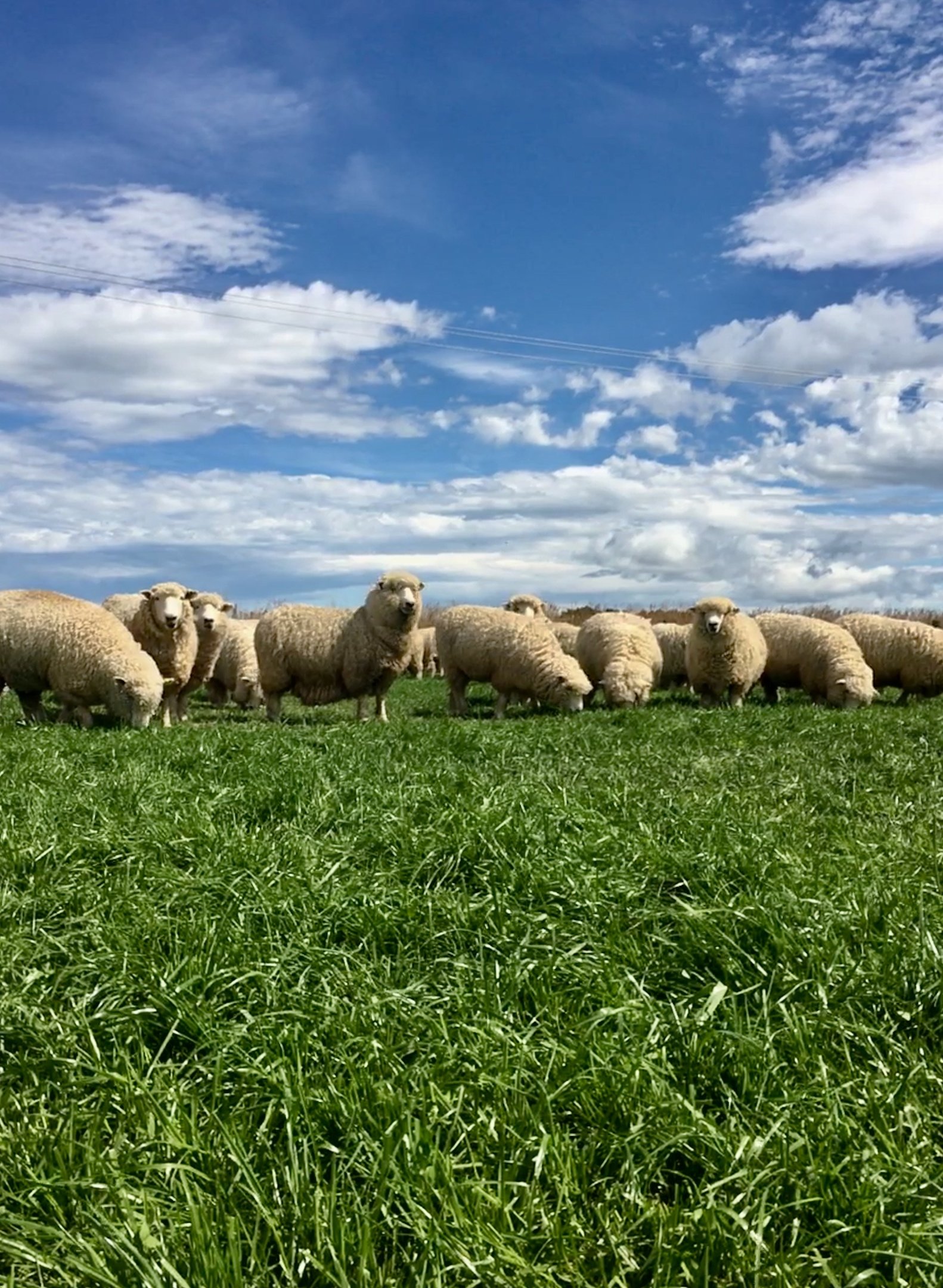Growing more grass in spring would transform sheep systems
New Zealand sheep farmers have made many gains in their production systems over the past decade.
Ewes are bigger and more productive. Lambs are more numerous. Specialist finishing forages drive faster, heavier liveweight gains after weaning.
But there is still a major choke point, which directly influences the number of lambs weaned, the weight of those lambs and ultimately farm profitability.
“Most of our sheep farms are constrained by too little early spring feed,” says AgResearch senior scientist Dr David Stevens, Invermay.
“If we could overcome that, and capture the subsequent benefits, it would be transformational for most sheep farms.”
How transformational? “Similar to the introduction of lucerne to dryland farm systems,” he says.
Having more grass in early spring, from the time ewes lamb, sets up a cascade of improved outcomes, because grass at this time of the season has the same nutritional value as legumes do later.
Ewes are better nourished, so they produce more milk.
More milk leads to higher lamb survival rates and faster growth during the time when lambs are most efficient at converting feed to liveweight gain, i.e. from birth to weaning.
Dr Stevens, who specialises in farm systems research, says these first weeks and months of the new season lamb crop have a major impact on farmers’ bottom line.
“Lactational performance is a key driver of profitability on all sheep farms, just as it is on dairy farms.”
Part of the answer lies in managing pasture covers so enough leaf is present to allow photosynthesis and adequate grass re-growth to occur from lambing onwards.
The type of grass used is also important, and it’s here that a recent development could change the game for some farmers.
Tyson perennial ryegrass was been bred specifically to answer the pressing need for more feed in early spring while still maintaining high dry matter (DM) yield throughout the year.
It has the earliest heading date of any cultivar currently available (-7 days) and on average grows 35% more (DM) in early spring.
In trial it has out-yielded a range of perennial ryegrass cultivars through this period, including Excess, Trojan, Rely, One50, Abermagic and Request.
We developed Tyson for farmers who want to lamb onto faster growing pasture, get more grass into ewes with lambs at foot and give themselves more choice around weaning decisions.
Even though it has the genetic potential to significantly out-grow older ryegrasses during early spring, it still has to be managed in line with best practice guidelines as highlighted by David Stevens.
That’s because grass grows grass. To get the best out of Tyson through lambing, it needs to be set stocked at the recommended minimum cover of 1200-1300kg DM/ha (3-4cm pasture height) for singles, or 1500-1700kg DM/ha (4-6cm height) for multiples.
This takes some thinking at a farm systems level, in terms of setting the necessary autumn pasture cover targets to reach spring with Tyson at the correct level.
The payback comes not only in being able to utilise the new grass to its potential, but also drafting more lambs off mum at higher early schedule prices and freeing up feed for other stock.


